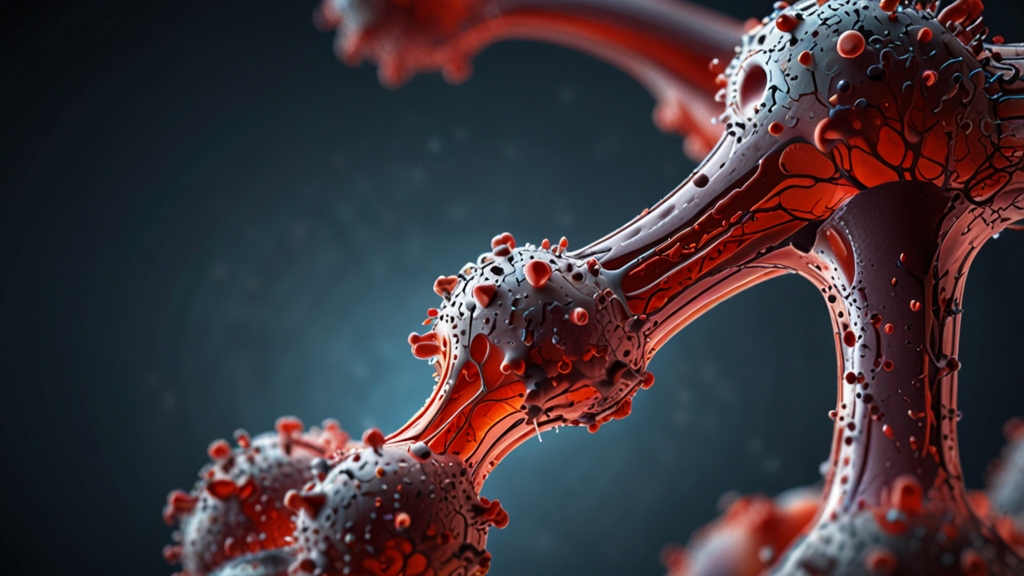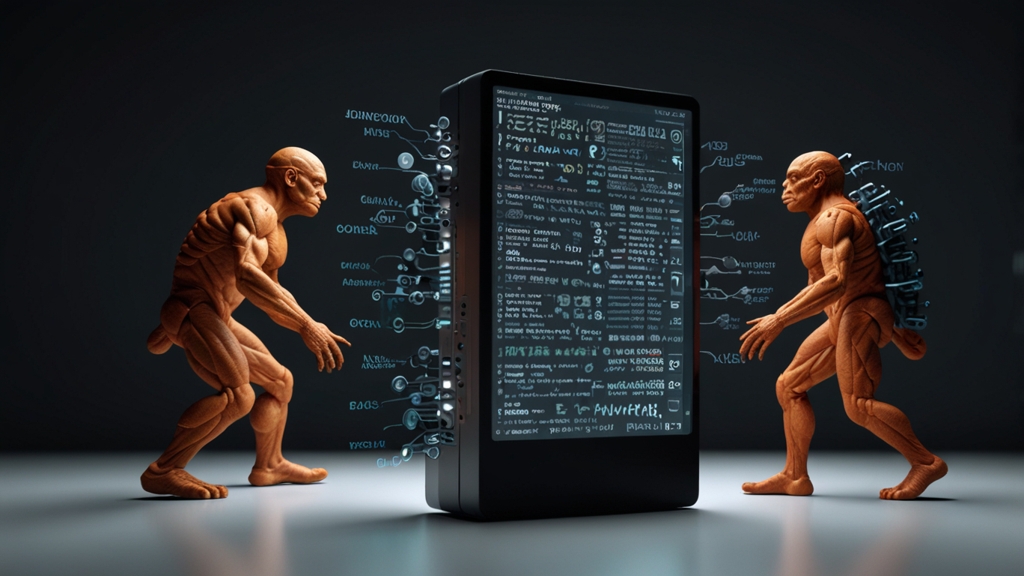Introduction
The human body is a marvel of biological engineering, operating with a complexity that surpasses our highest technological achievements. At the heart of this intricate system lies chemistry. Biochemical processes govern everything from muscle contraction to neural signaling, from energy production to genetic replication. Understanding these chemical underpinnings reveals the extraordinary ways in which chemistry powers the body's functions.
The Role of Enzymes
Enzymes are biological catalysts that accelerate chemical reactions within the body. These proteins are fundamental to metabolism, which encompasses all chemical processes that maintain life. By lowering the activation energy needed for reactions, enzymes allow the body to efficiently carry out vital functions, such as the digestion of food and the regulation of cellular activities.
"Without enzymes, the biochemical reactions required for life would occur too slowly to sustain us."
For instance, the enzyme amylase breaks down starches into sugars in the mouth, kickstarting the digestive process. Similarly, DNA polymerase is essential during cell division, ensuring the accurate replication of genetic information. Each enzyme is highly specific, typically acting on a particular substrate to facilitate a unique reaction.
Energy Production: ATP
Adenosine triphosphate (ATP) is often referred to as the “energy currency” of the cell. This molecule stores and transports chemical energy within cells, playing a crucial role in muscle contraction, neuron function, and biochemical synthesis. The energy stored in ATP is released when it is hydrolyzed into adenosine diphosphate (ADP) and an inorganic phosphate group.
ATP synthesis primarily occurs in the mitochondria through a process known as oxidative phosphorylation. This involves a series of redox reactions in the electron transport chain, ultimately driving the production of ATP from ADP and inorganic phosphate. Other pathways, such as glycolysis and the citric acid cycle, contribute by providing the necessary substrates and intermediates.
"The mitochondrion is the powerhouse of the cell, converting nutrients into ATP, the fuel for cellular functions."
Neurotransmission and Chemical Signaling
Chemistry is also at the core of neuronal communication. Neurotransmitters are chemicals that transmit signals across synapses—the junctions between nerve cells or between nerve cells and other types of cells. These molecules are synthesized in neurons and released into the synaptic cleft in response to an electrical signal.
Key neurotransmitters include dopamine, serotonin, and acetylcholine, each playing distinct roles in regulating mood, arousal, and muscle action, respectively. For example, dopamine is crucial for reward and motivation pathways, while serotonin impacts mood and social behavior.
Receptors on the post-synaptic cell bind the neurotransmitters, triggering a change in cell activity. Enzymes then degrade or reuptake the neurotransmitters to reset the synapse and prepare it for the next signal. This process exemplifies how chemical reactions underpin complex behaviors and physiological responses.
Hormonal Regulation
Hormones are signaling molecules secreted by endocrine glands and carried through the bloodstream to target organs. They regulate a multitude of bodily functions, including growth, metabolism, and homeostasis. Hormonal action often involves intricate feedback loops that maintain balance within the body.
For instance, insulin, produced by the pancreas, regulates blood glucose levels. When glucose levels rise, insulin promotes their uptake by cells, thereby lowering blood glucose. Conversely, glucagon triggers the release of glucose from liver stores when blood sugar levels drop.
"Hormones act as the body's chemical messengers, orchestrating a myriad of functions from growth to metabolism."
Genetic Code and Protein Synthesis
At the molecular level, the genetic code comprises sequences of nucleotides in DNA, which dictate the synthesis of proteins. These macromolecules perform a wide range of functions, from structural support to catalysis. The process of translating the genetic code into functional proteins involves two main steps: transcription and translation.
During transcription, a segment of DNA is copied into messenger RNA (mRNA), which then travels from the nucleus to the cytoplasm. In translation, ribosomes read the mRNA sequence and assemble the corresponding amino acids into a polypeptide chain, which folds into a functional protein.
Conclusion
The seamless operation of the human body is a testament to the power of chemistry. From enzyme function to hormonal signaling, each biochemical reaction plays a pivotal role in maintaining life. Understanding these processes not only deepens our knowledge of human physiology but also opens avenues for medical advancements and therapeutic interventions.










